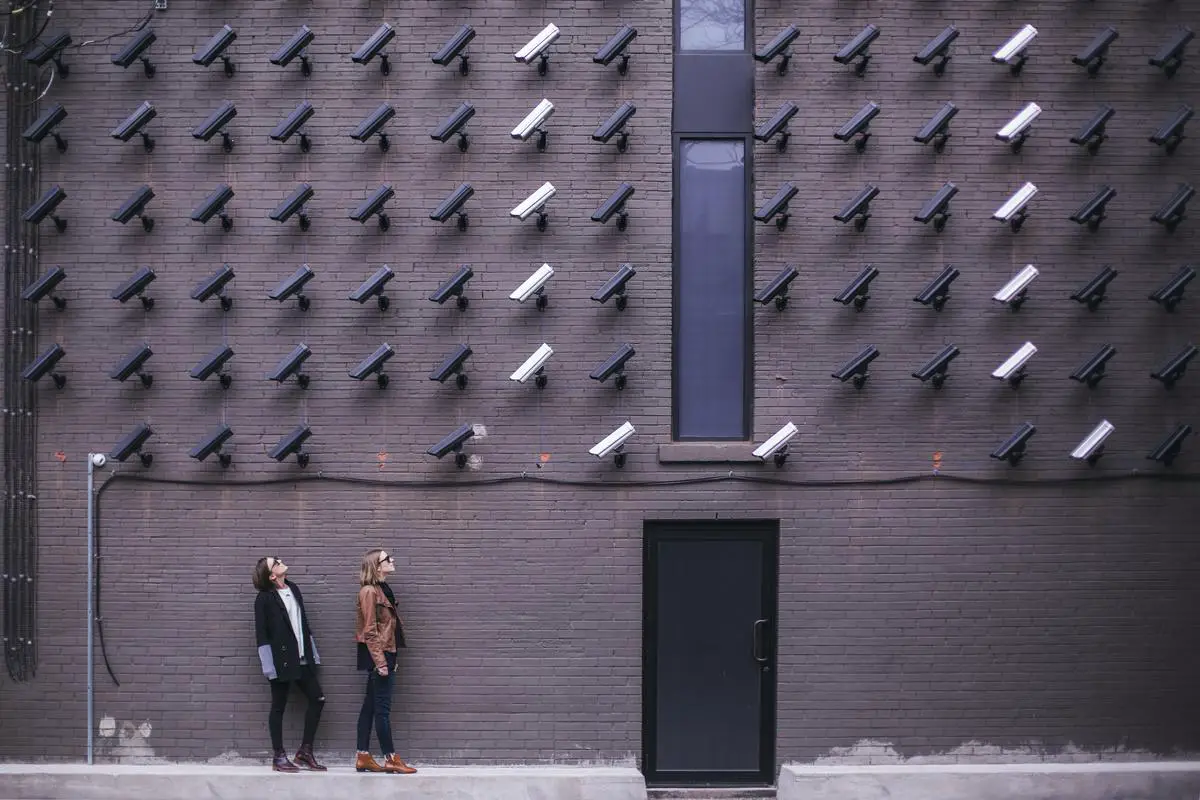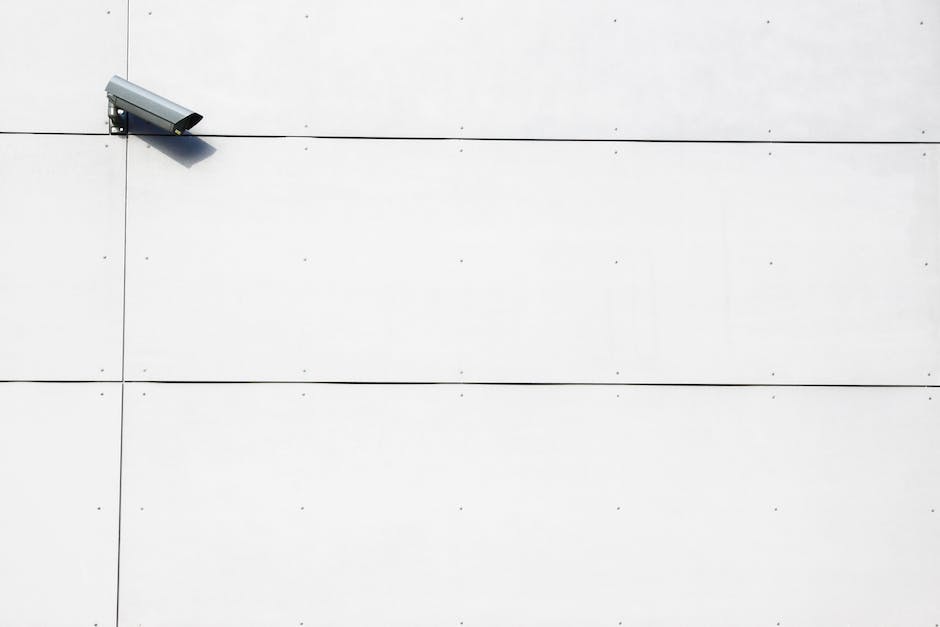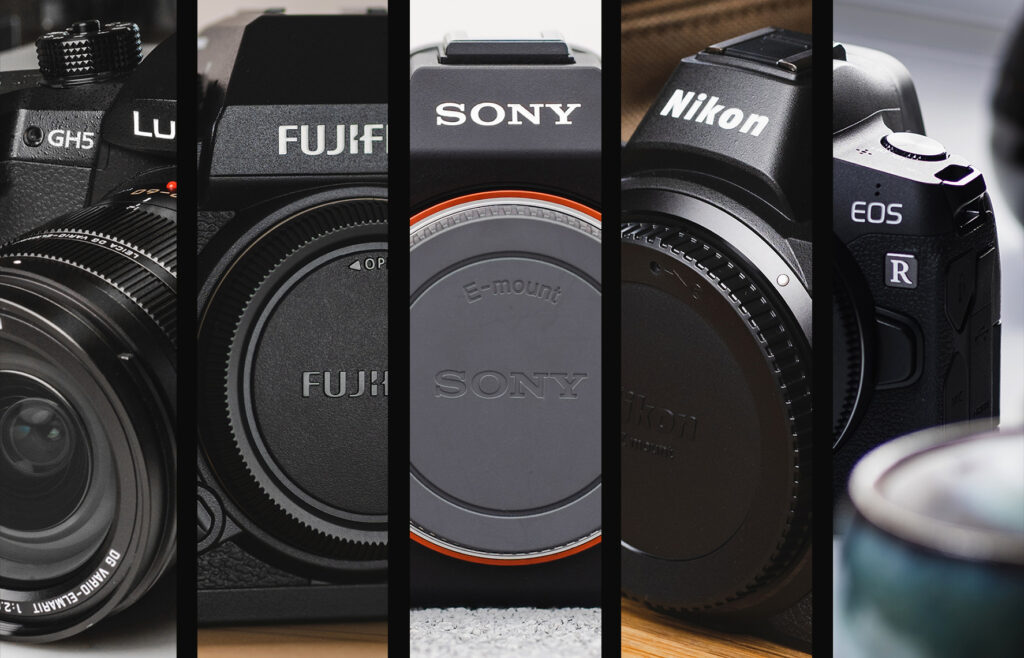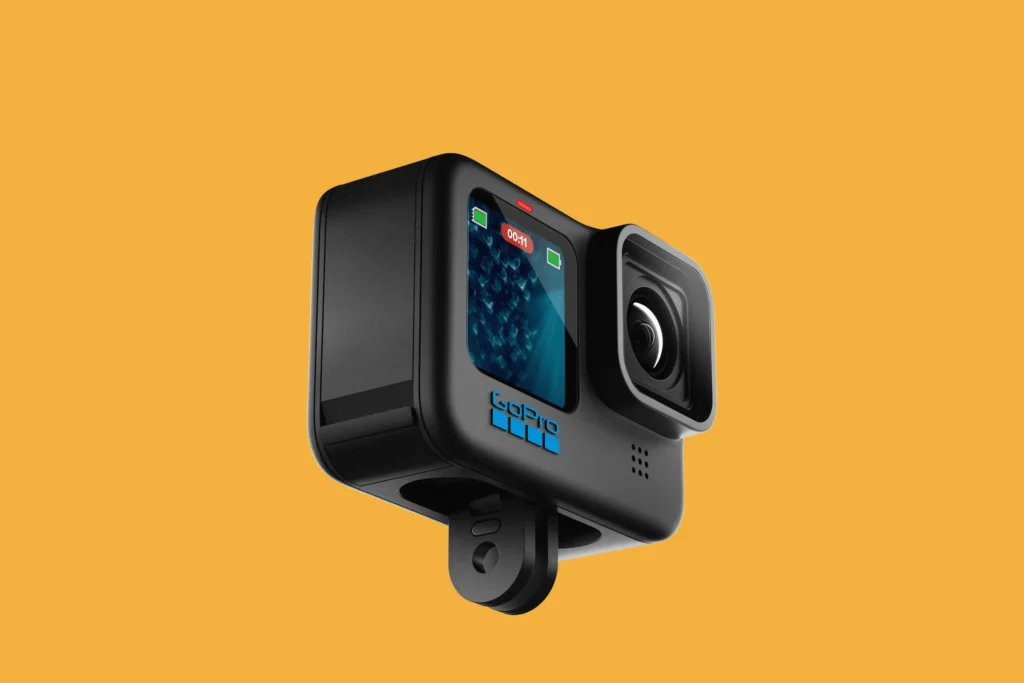The decisions we make regarding security are among some of the most critical, as they protect our homes, our businesses, and perhaps most importantly, our peace of mind. An often overlooked but significant segment within this broad subject is the choice of security cameras. A security camera system isn’t merely about buying and installing the first one that catches your eye, there’s much more to it. By considering and understanding your individual security needs, discovering the types of security cameras available in the market, and learning their functionalities by evaluating their technical specifications, one can seamlessly blend safety with convenience.
Identify Your Security Needs
Harnessing Tech Power: Tailoring Security Solutions to Your Specific Needs
Wondering how to pinpoint the precise security system your space requires? Glad you’re here! Let’s delve directly into the heart of how your unique security needs can guide you to select the optimal security camera.
Let’s not put the cart before the horse. The first step in identifying the right security camera is to define your specific security needs. Are you a business owner seeking surveillance across multiple locations? A seasoned traveler needing a watchful eye on your property while away? A smart homeowner wanting to deter potential bait-and-switch artisans? Your security needs would determine the precise surveillance tool to employ.
For multi-location businesses, a multi-channel surveillance system should be in top consideration. Invest in high-resolution, smart cameras that offer cloud storage options and mobile app access. This enables you to keep in-the-moment tabs on all your locations without being physically present. It’s convenience and security bundled in a high-tech package.
If you’re a frequent traveler, consider a security camera with motion detection and smartphone integration. These cameras send real-time alerts when they detect suspicious activities and lets you take immediate action. Some even offer two-way audio features, scaring off potential intruders with a simple “I see you!”
For homeowners, here’s the deal: outdoor security cameras with facial recognition technology. This pairs flawlessly with a night vision feature that is handy after dark. An antiglare function ensures an accurate representation of faces, helping to distinguish between regular visitors, like the mail carrier, from potential intruders. This entirely eliminates the pile of false alerts.
The next guiding factor is your specific environmental conditions. High humidity, temperature fluctuations, exposure to dust or rain — all these can influence your choice of security camera. If you’re located in an area with extreme weather conditions, either sweltering heat or freezing winters, opt for weather-proof security cameras. Else, you might end up with a damaged camera when you need it the most.
Last but not least, the size of the area that needs to be monitored will influence the type of security camera you select. For smaller areas, a camera with a narrower field of view will suffice. For larger areas or properties with multiple points of entry, you’ll need a camera (or cameras) with a wider field of view. Some models offer pan-tilt-zoom (PTZ) functionality, which can be particularly handy for extensive properties.
In conclusion, choosing a security camera is no flippant decision. It’s an investment in preserving your peace of mind and safeguarding your valuable assets. With the advancements in technology, you can now match your specific security needs with the ideal camera. Let technology do the work – welcome to the future of security solutions!

Photo by matthewhenry on Unsplash
Understand Different Types of Security Cameras
Exploring the Various Types of Security Cameras and Their Applications
In the ever-evolving world of technology, security cameras are not left behind. Modern security systems now offer a variety of camera types, each with its unique characteristics and applicative niches. Understanding these security camera types can be instrumental in tailoring the most efficient surveillance solution to suit your specific needs.
First off, we have the Dome Cameras. Mounted on the ceiling and encased in a translucent protective dome, their semi-sphere shape can swivel and tilt to cover a wider area, making them less predictable and more robust against vandalism. Dome cameras are ideal for commercial premises such as retail stores and restaurants, blending seamlessly into the interiors while providing comprehensive surveillance.
Next in line are Bullet Cameras. With a cylindrical shape, these cameras are easy to spot, acting as a deterrent to potential intruders. Typically, they are used for outdoor surveillance, having built-in infra-red technology for night vision and being more resistant to harsh weather conditions. Given their long-range capabilities, Bullet Cameras are perfect for large outdoor areas like parking lots or backyards.
Another prominent type is the PTZ Cameras, known for their Pan-Tilt-Zoom function. With remote directional and zoom control, these cameras can monitor large areas and follow movements in real-time. They are an ideal choice for wide-open spaces needing constant, meticulous surveillance, such as shopping malls or concert venues.
Well suited to discrete surveillance operations are the Covert Cameras or Hidden Cameras. These devices can be embedded into everyday objects, such as smoke detectors or clocks, making them virtually undetectable. Enterprises dealing with sensitive information or homeowners wanting to monitor nanny interactions with children could particularly benefit from Covert Cameras.
On a more advanced front, we have the IP Cameras. They transmit video footage over the internet, giving users the ability to monitor the surveillance area remotely in real time. Coupled with cloud-based storage, these cameras can offer unlimited video storage and be accessed from anywhere, making them advantageous for business owners who travel frequently.
Infrared or Thermal Cameras utilize heat sensing technology for detection and are best suited for poorly lit or pitch-dark environments. Businesses with large warehouse facilities or border patrol operations often rely on this type for its unique thermal imaging capabilities.
Lastly, we touch upon Wireless Security Cameras. They offer flexible installation options, making them suitable for locations where wiring may be a challenge. Besides, wireless cameras are often battery-powered and require minimal maintenance, making them a favorite pick among homeowners.
Understanding the main types of security cameras and their uses can help streamline the process of identifying the optimal surveillance solution. Remember, technological advancements continue to shape this field. The key to making the right choice lies not just in knowing the current types and uses, but also in staying abreast of the sweeping changes in the horizon of security technology.

Evaluate Technical Specifications
Moving on to the critical technical specifications to ponder, first and foremost, never underestimate the resolution of your security camera. Think of it this way: the higher the resolution, the sharper the images. Standard recommendation starts at 1080p but for superior image detail, consider going for 4K resolution (if your budget allows). The importance of crisp, clear images cannot be overstressed in the realm of security cameras.
Next up is the Field of View (FOV). It essentially refers to the width of the area a camera can cover. A security camera with a wider field of view allows you to monitor larger areas with a single camera, reducing the need for multiple cameras and thus saving costs.
The next big thing to contemplate is the camera’s low light capability. Look for features like night vision, which is especially crucial for keeping an eye on your premises during non-daylight hours. A lot of mischief happens when the sun is down, so ensure your camera can discern detail and identify suspects even in poorly lit conditions.
Moreover, consider the camera’s motion detection capabilities. Advanced models are equipped with smart technology to alert you when they detect movement, enabling you to monitor your property in real-time.
Furthermore, video storage plays a crucial role too. Many modern security cameras provide cloud storage, allowing you to access video archives from any internet-enabled device. Others offer local storage, such as an SD card slot. Consider your long-term storage needs and the cost implications before you finalize your camera.
The ability to support audio functions marks another pivotal specification. Two-way audio wherein the camera has a built-in speaker and microphone can expand the camera’s use from purely surveillance to more interactive functions.
Lastly, weigh in the connectivity of the camera. A security camera that can integrate with your Wi-Fi network offers you a myriad of benefits including the ability to check the live stream on your smart devices, receive alerts, as well as control and manage the camera remotely.
Remember, every person and every premise have unique security needs. Dig into these key features, compare options, and make a rational choice. Because when it comes to your safety, choosing the right technology matters. Be it dome cameras for a panoramic view, bullet cameras for long-distance viewing, PTZ cameras for a wider coverage, covert cameras for discreet surveillance, IP cameras for superior image quality, infrared cameras for low-light areas, or wireless security cameras for non-wired installation needs, our modern technology market has something for everyone.

From identifying your security needs to learning about the different types of cameras, it’s clear that the process of selecting a security camera isn’t just a transaction, but indeed a journey. This journey is not about the destination, namely the act of purchasing the camera, but rather it’s about the wisdom gained along the way. Evaluating technical specifications helps to personalize this journey, ensuring that you end up with a system that is tailor-made to meet your requirements. Indeed, it all begins with knowledge and ends with safety. As such, by dedicating ourselves to learning and understanding, we create a world that not only feels safer but is safer – one security camera at a time.
Originally posted 2023-12-29 01:19:40.



